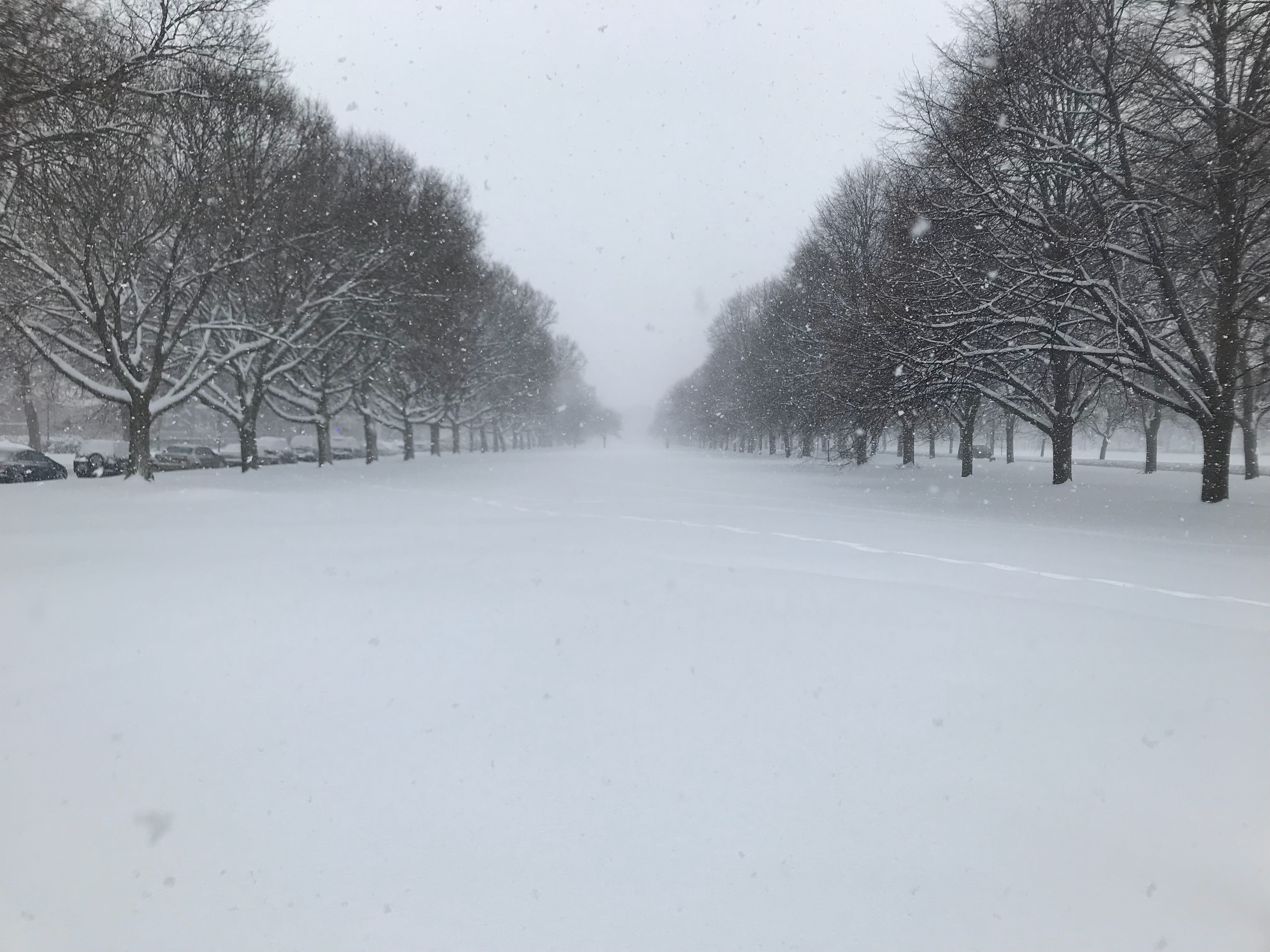How to Hold Office Hours
Published:
Professor O’Leary wore circular spectacles and a wide brimmed wizard’s hat. Actually, it may have been a modest bucket hat, but the man so much resembled a wizard himself that the gray conical cap seems more likely in my mind.
Peter, as he preferred to be called, spent Tuesdays on campus. He taught a number of courses in creative writing, including the succinctly titled Wizards, and the much beloved Intro to Genres: Science Fiction. Among undergrads, Wizards and Sci-fi had an awe-inducing reputation. I just barely managed to secure a seat in both, first by carefully planning my schedule (second years get priority for the arts) and later by emailing Peter two minutes after classes dropped to check if any seats had opened up. Eventually one did.
Peter’s core courses were highly sought-after but not for the usual reasons. Already burnt out pre-meds and comp-sci majors preferred to fill our arts requirement with something somewhat lighter. We felt we had insufficient energy, between lab reports and breadth-first-search and figuring out what Hobbes meant by the “State of Nature,” to take on an unnecessary challenge. Art History, as an alternative, reportedly involved mere rote memorization; the drama department offerings had an almost legendary dearth of weekly readings. Wizards, on the other hand, assigned a different book for every Tuesday, on top of writing assignments for workshop. Yet Peter’s waitlist was never empty.
Perhaps, this was because the pre-meds and comp-sci majors desperately needed a class like Wizards or Sci-fi, demanding though they were. We needed to create a space, within the highly structured world of academia, for something we loved. Wizards made room to think about old sages with walking staffs and pointy hats with the same rigor as delta-epsilon proofs on dusty chalkboards. While Intermediate Mechanics introduced first order constraints, Sci-fi gave us free reign of the cosmos. Peter welcomed these students warmly, perhaps understanding what drove us to take his course better than we understood ourselves. At the beginning of the quarter, he had all of us introduce ourselves: who we were, where we were from, and what we studied. By the end, he always wore a delighted grin at the diversity of majors in attendance.
In both classes, the professor conducted on-on-one meetings with his students. Lacking an office on campus, he invited us to stroll around the Midway, a twenty-five or thirty minute circuit, in spite of the purportedly unpleasant Chicago winter. The chill added urgency to our conversations. He would apologize for the snow before he asked about our hometowns, our novels-in-progress. As we shivered in the wind, he listened to our answers. Peter O’Leary possessed that rare quality, which is so common among authors and yet so rare among professors, of being an attentive listener. For young authors, used to scrawling their manuscripts with the bedroom door closed and the curtains drawn, late at night, after the folks fell asleep in front of Netflix box, and the dog stretched languidly across that patch of hardwood floor above the boiler, for us his engagement felt unreal. Also, it meant the world.
For final projects, Peter gave two options. First, we could polish our workshop pieces and assemble a portfolio, which was typical of creative writing courses. Alternatively, he encouraged us to submit personal projects or partial manuscripts, as long as they were somewhat related to the course material. The single-spaced pages of constructive, usable feedback which resulted from these submissions are, I imagine, more scrutinized by his students than lines of the Illiad by classical scholars.
Having written various pieces of a novel that Winter quarter, I decided to submit a first chapter for the final project. In the excerpt below, Peter identifies the strengths in my writing, as he did for every student, before he moved onto some pointed criticisms, which I will omit—although there were many—for the sake of brevity, generality, and some non-negligible insecurity.
The things that work avidly in this chapter are many. Some of the things that really stand out to me are the energetic opening sequence, which has an absorbing cinematic quality. Philip Pullman, in his essays, regularly cites something he learned from novelist, playwright, and director David Mamet, who says the question he always asks himself when writing something is “Where do I put the camera?” He means not to treat his writing as a preview to a screenplay but to be thinking always about visual lines of sight and what the reader will be seeing as they read. In the opening of the chapter, it’s compellingly easy to visualize what’s happening because you seem instinctively to know where to put the camera. — Peter O’Leary
I imagine such poignant feedback took some time to write, but Peter understood its value. His notes inspired me to keep working on the novel, which at that time was a daunting prospect. I had “more serious” matters demanding my energy, what with comp-sci research and graduate school looming, and the little I’d written consisted of amorphous fragments not necessarily worth investing in. Peter O’Leary encouraged me that they were. He understood, perhaps, that the pre-meds or comp-sci majors like me needed an extra push to pursue something we valued if it was outside our chosen field. It took someone like him, telling us, in order to believe we should.

